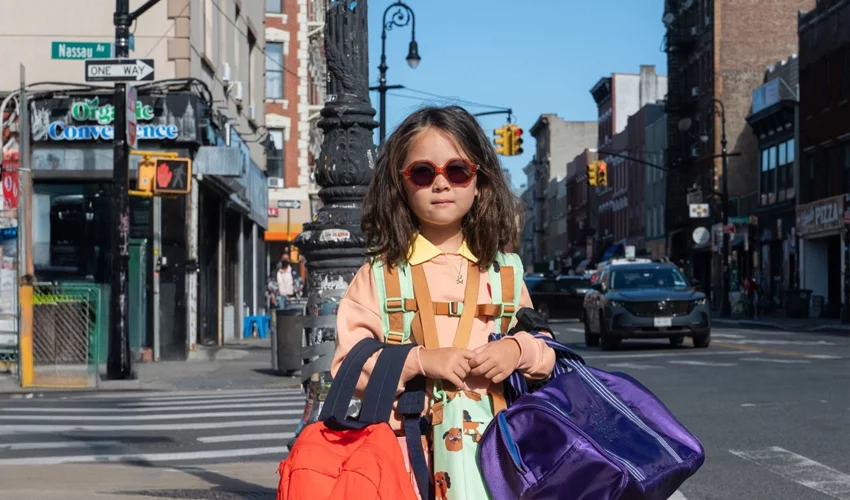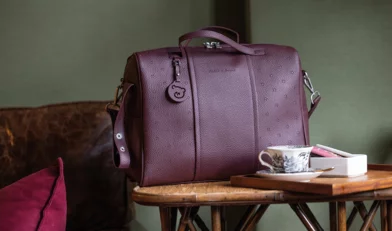
Top Ski Destinations and What to Pack
From the Italian peaks to sleigh rides in Norway, our packing guide is here to inspire their next snowy getaway.
2 Dec 2025

The Best Kids' Thermal Clothing
How does thermal clothing work? And what thermals are best for your child? We answer all of your questions in this handy guide.
3 Dec 2025
Join the Fun
Sign up to our newsletter for the latest arrivals, stories and promotions.
Protected by reCAPTCHA and the Google Privacy Policy and Terms apply.





